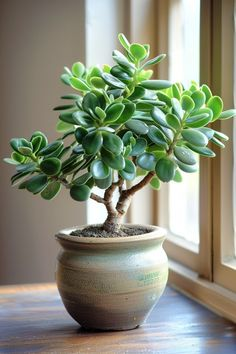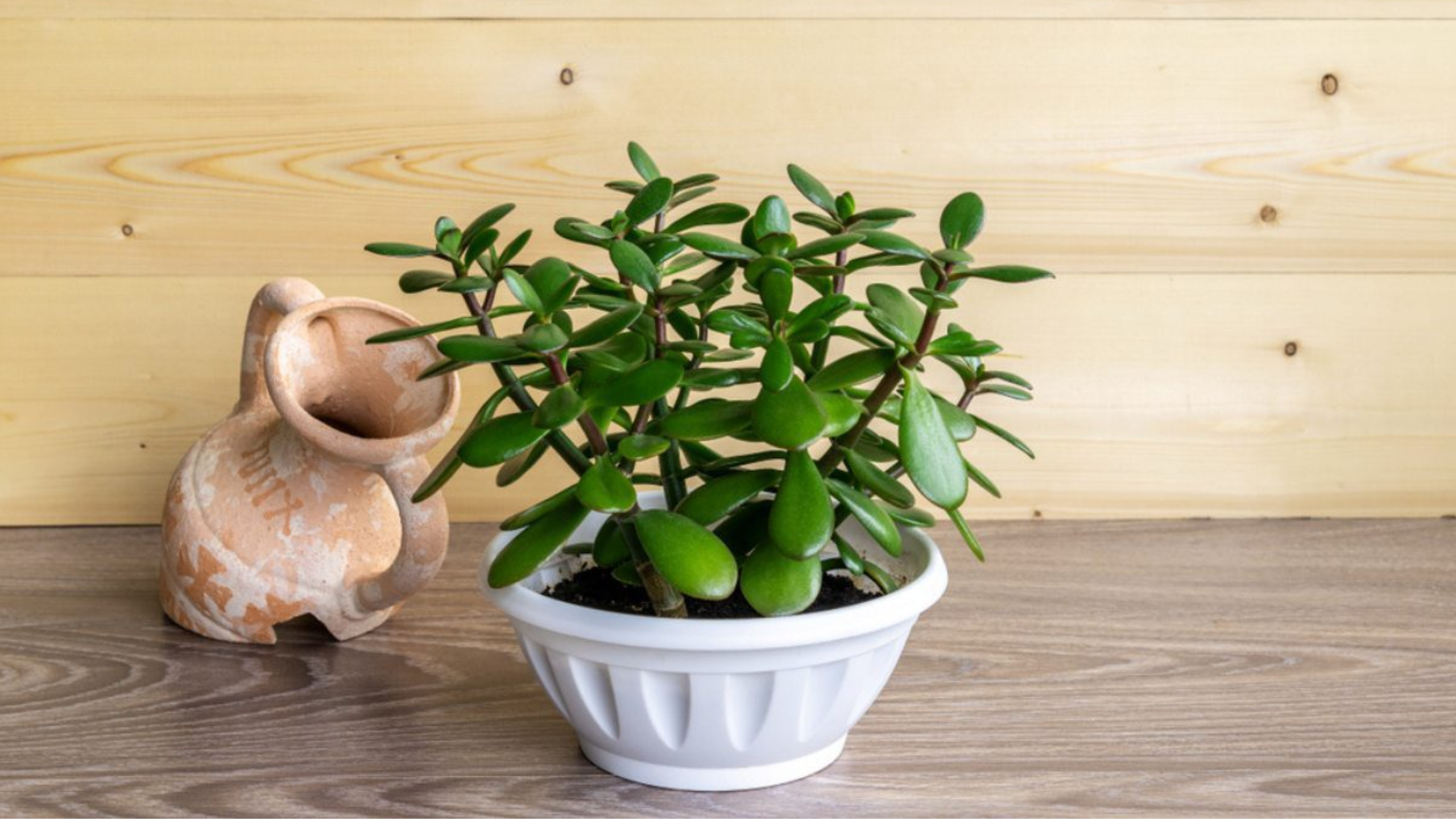The jade tree, also known as the money plant or Crassula ovata, is a charming and resilient succulent that has captured the hearts of many plant lovers. Not only is it an attractive addition to any space, but it’s also believed to bring good luck and positive energy—making it a popular choice for homes and offices alike. Whether you’re a seasoned gardener or a beginner, understanding the basic needs of your jade tree will ensure it stays vibrant and healthy.
In this comprehensive guide, you’ll discover everything you need to know about caring for your jade plant, from watering habits to light requirements, pruning tips, and more. Let’s dive into the details and help your plant thrive!
Understanding the Care Basics of a Jade Tree
The beauty of a jade plant lies in its low-maintenance nature, but, like all living things, it benefits from some attentive care. By establishing simple routines and providing the right environment, you can enjoy a lush, glossy green jade that adds a calming touch to your space.
1. Watering Wisely: Finding the Right Balance
One of the most common mistakes plant owners make is overwatering. Jade trees are succulents, meaning they store water in their thick leaves and stems. Overwatering can lead to root rot, which is fatal for the plant.
Routine watering:
- Water approximately every two weeks during the growing season (spring and summer).
- During the cooler months—fall and winter—reduce watering to once a month or even less, depending on indoor humidity and temperature.
Pro tip:
Always keep the leaves dry when watering. Water sitting on the foliage can promote fungal issues, especially in humid environments.
Soil matter:
Ensure your jade is planted in well-draining soil. A mixture designed for succulents and cacti, which drains quickly, is ideal. This prevents soggy roots and keeps the plant happy.
2. Ideal Locations: Where Should You Place Your Jade?
Placement is crucial to its health and longevity. The placement depends on whether your jade is indoors or outdoors.
Indoor care:
- Choose a calm, bright spot away from sources of drafts, heaters, or radiators.
- An east or south-facing window usually provides the right amount of light.
Outdoor care:
- During warmer months, you can move your jade outdoors.
- Ensure it’s protected from direct, harsh midday sun, which can scorch the leaves. A spot with partial shade is best.
A key tip: Avoid sudden temperature changes or cold drafts, as jade plants are sensitive to frost and can get damaged in chilly weather.
3. Light Requirements: Bright But Filtered

Jade trees love bright, indirect light. They thrive with plenty of sunshine, which encourages healthy growth and keeps the leaves shiny.
Best practice:
- Provide filtered sunlight or a sheer curtain if the sun is too intense.
- Avoid direct mid-summer sun, especially in hot climates, as it can cause sunburn or leaves to turn yellow and wither.
A well-lit environment promotes lush growth and helps your jade develop its characteristic shape.
4. Pruning for Health and Aesthetic
Regular pruning keeps your jade looking tidy, encourages compact growth, and prevents it from becoming leggy.
When:
- Early spring is the perfect time to prune, as the plant begins its active growth phase.
How:
- Use clean, sharp scissors or pruning shears.
- Remove leggy or damaged branches to improve airflow and overall appearance.
Bonus tip:
The cuttings you remove can be rooted in soil or water to propagate new plants. It’s a simple and rewarding way to multiply your jade collection!
5. Soil and Planting: The Foundation of Good Growth
Jade plants prefer lean, airy soil that drains well. Thick, compacted soil can retain too much moisture, leading to root problems.
Ideal mix:
- Combine regular potting soil with perlite or coarse sand.
- Adding small amounts of gravel or pumice enhances drainage further.
This soil mix prevents water from pooling around the roots, ensuring your jade stays healthy and happy.
6. Natural Fertilization: Nourishing Your Jade
Fertilizer isn’t necessary year-round, but during the active growing seasons—spring and summer—it can boost your plant’s health.
Fertilizer options:
- Use a balanced, water-soluble cactus or succulent fertilizer diluted to half strength.
- Organic options like crushed eggshells, banana peels, and vegetable scraps make excellent compost additions—just be sure to compost thoroughly before applying.
When to feed:
- Feed your jade every 4-6 weeks during spring and summer.
- Skip feeding in fall and winter when the plant’s growth naturally slows.
Putting It All Together
Caring for your jade tree doesn’t have to be complicated. With just a little attention to watering, lighting, and soil, your plant can flourish for years—rewarding you with glossy, vibrant leaves and a sense of serenity.
And remember, this resilient plant is not just decorative; it’s a symbol of luck, wealth, and prosperity in many cultures. So, by nurturing it well, you might even invite some extra positivity into your life.


2 thoughts on “Jade Tree Care: The Ultimate Guide to Growing a Healthy, Lucky Money Plant”